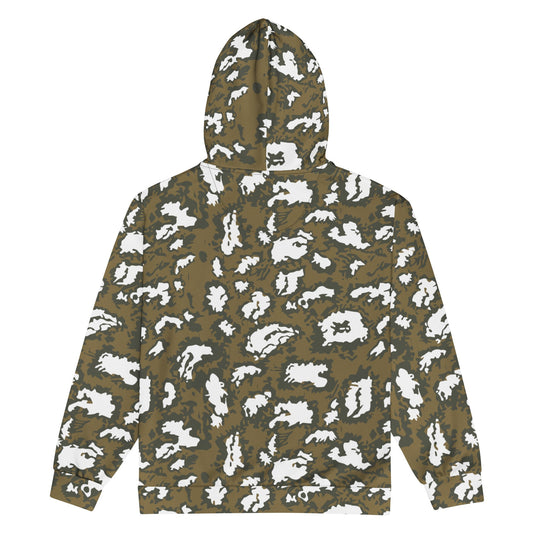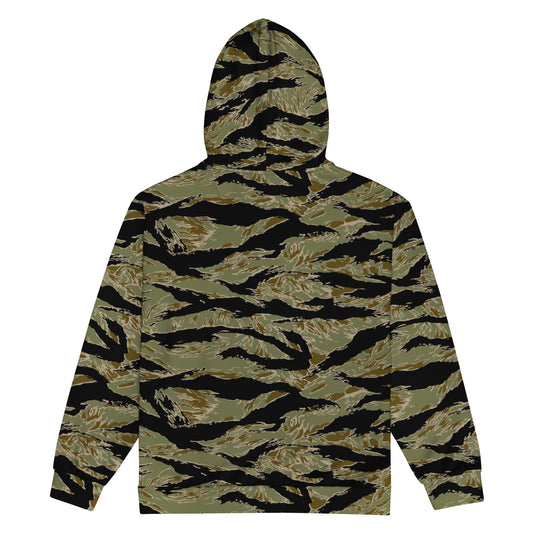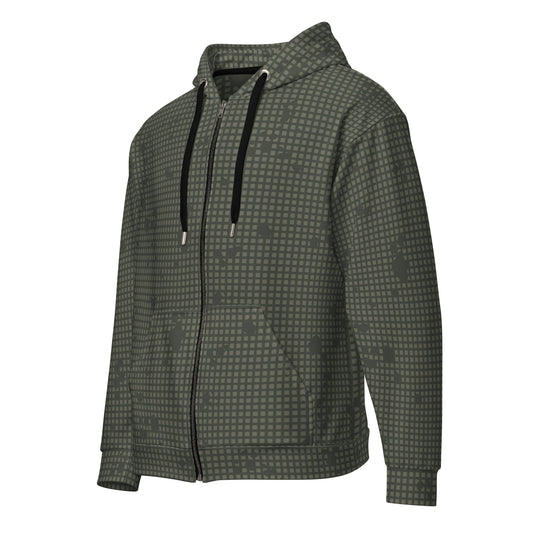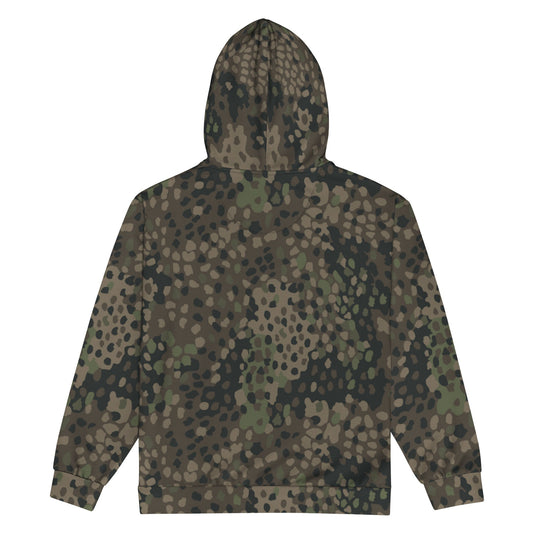CAMO Blog
CAMO HQ: Why We Actually Know What We’re Talkin...
CAMO HQ: Why We Actually Know What We’re Talking About At CAMOHQ.com, we don’t just slap a camo print on a hoodie and call it “tactical.” We study camouflage. It’s...
CAMO HQ: Why We Actually Know What We’re Talkin...
CAMO HQ: Why We Actually Know What We’re Talking About At CAMOHQ.com, we don’t just slap a camo print on a hoodie and call it “tactical.” We study camouflage. It’s...

Ukrainian Camouflage: From Soviet Roots to Mode...
Published by CAMOHQ® | Camouflage That Tells a Story Introduction The evolution of Ukrainian camouflage tells a compelling story of transition—from Soviet legacy to modern independence, from outdated woodland patterns...
Ukrainian Camouflage: From Soviet Roots to Mode...
Published by CAMOHQ® | Camouflage That Tells a Story Introduction The evolution of Ukrainian camouflage tells a compelling story of transition—from Soviet legacy to modern independence, from outdated woodland patterns...
Flecktarn Camouflage: The Iconic German Pattern...
Published by CAMOHQ® | Camouflage That Tells a Story Introduction Few camouflage patterns in military history are as iconic or as influential as Flecktarn. Developed in post-war Germany, Flecktarn is...
Flecktarn Camouflage: The Iconic German Pattern...
Published by CAMOHQ® | Camouflage That Tells a Story Introduction Few camouflage patterns in military history are as iconic or as influential as Flecktarn. Developed in post-war Germany, Flecktarn is...

Video Game Camouflage: From Stealth to Style
Published by CAMOHQ® | Where Tactical Meets Virtual Introduction In the digital world of video games, camouflage is more than just pixelated paint—it’s a tool of immersion, strategy, and self-expression....
Video Game Camouflage: From Stealth to Style
Published by CAMOHQ® | Where Tactical Meets Virtual Introduction In the digital world of video games, camouflage is more than just pixelated paint—it’s a tool of immersion, strategy, and self-expression....

British Camouflage
The British military has employed various camouflage patterns over the years, adapting to different operational environments and needs. Some of the notable British camouflage patterns include: DPM (Disruptive Pattern Material): Introduced...
British Camouflage
The British military has employed various camouflage patterns over the years, adapting to different operational environments and needs. Some of the notable British camouflage patterns include: DPM (Disruptive Pattern Material): Introduced...

The Most Popular Camouflage Patterns
Camouflage has come a long way from hand-painted smocks and mud-smeared faces. Today’s camo patterns serve military, tactical, hunting, fashion, and gaming communities across the globe. Whether designed for arctic...
The Most Popular Camouflage Patterns
Camouflage has come a long way from hand-painted smocks and mud-smeared faces. Today’s camo patterns serve military, tactical, hunting, fashion, and gaming communities across the globe. Whether designed for arctic...
Camouflage Zip Hoodies (Hot Sellers)
Meet the zip hoodie—a must-have for everyday wear. Crafted from 95% recycled polyester, it combines sustainability with style. Soft both inside and out, this unisex hoodie offers a relaxed fit with drop shoulders. Plus, it’s designed to last, keeping you cozy and fashionable for years to come.
-
Russian KLMK Red Dawn BROWN Movie CAMO Unisex zip hoodie
Regular price $69.00Regular price -
American Tiger Stripe Special Forces Advisor Sparse CAMO Unisex zip hoodie
Regular price $69.00Regular price -
American Desert Night Camouflage Pattern (DNCP) CAMO Unisex zip hoodie
Regular price $69.00Regular price -
German Pea Dot Erbsenmuster Pattern 44 CAMO Unisex zip hoodie
Regular price $69.00Regular price









